Riding along water has its charms. Time passes differently here and frequent refreshment stands and relaxation points invite you to sit down for a while. If you set out in the direction of Nymburk, you will come to a place near Toušeň, which directly impersonates a peaceful day at a river. By the way, it has a pertinent name: Oddechoff. Besides draught raspberry soda, you can enjoy delicious Belgian fries here.
On a cycling saddle along the Elbe River to Bohumil Hrabal’s Region
It is not said by accident that one of the most beautiful views of a river is from a cycling saddle. Near the bridge between Brandýs and Stará Boleslav, you can enter the Elbe River Trail, which is one of the most beautiful cycle trails in our republic – and then you can decide whether to set out in the direction of Mělník or Nymburk. We have selected the second option this time.
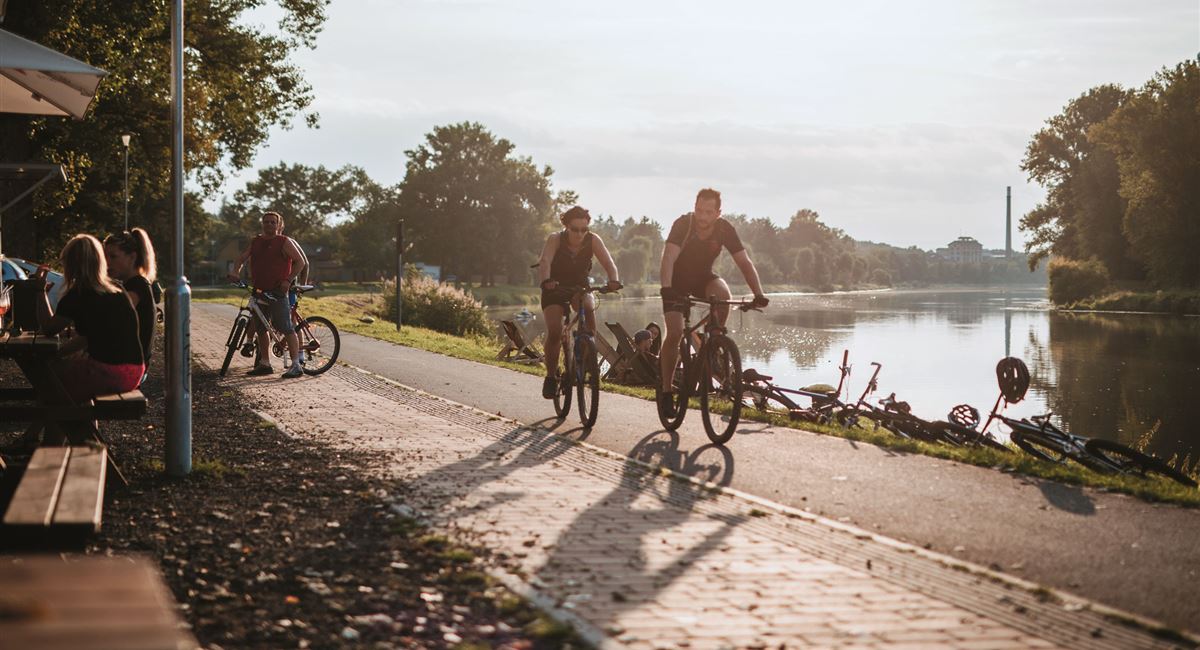
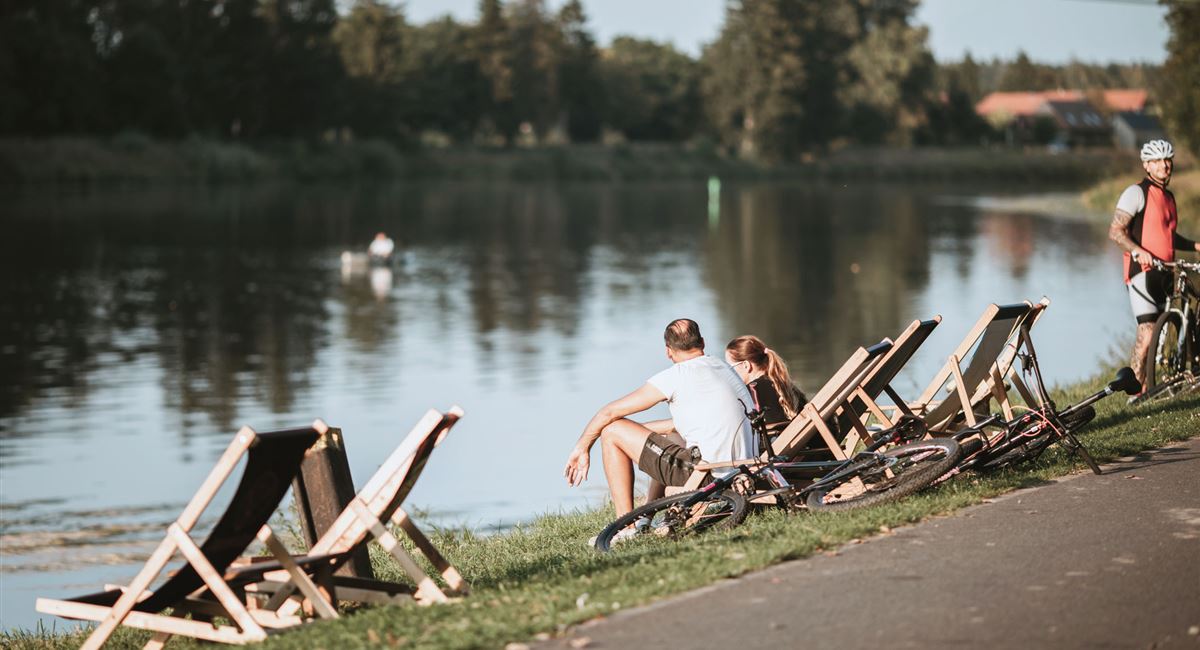
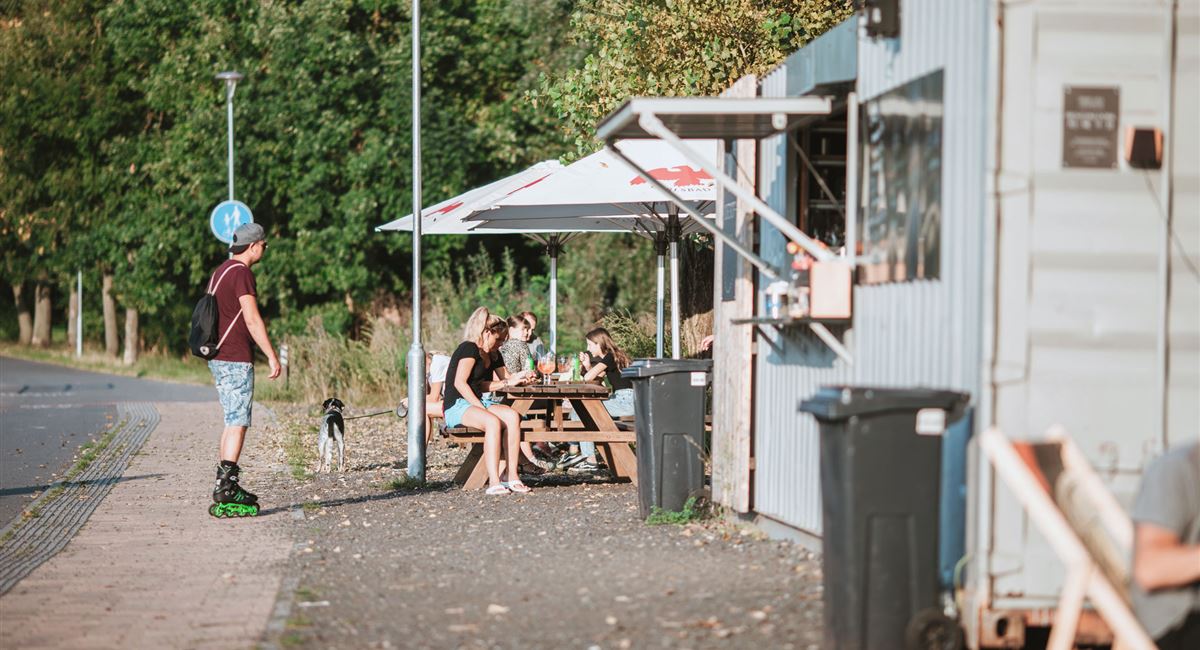
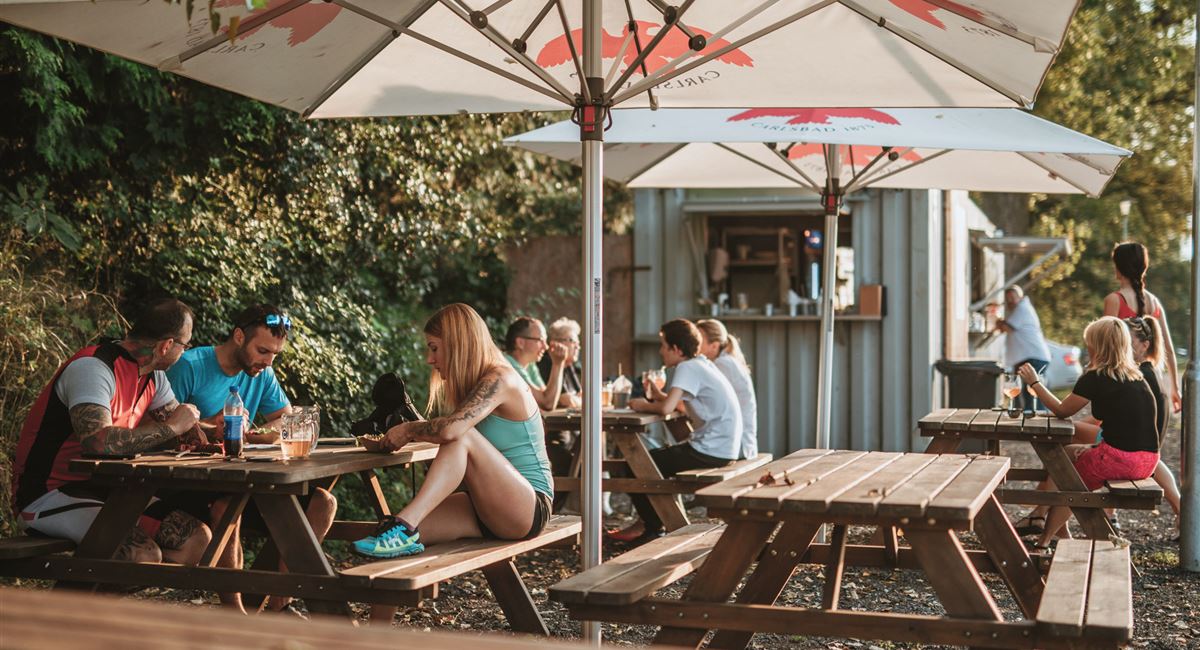
We recommend that you cross the Elbe River right behind the stand and continue through Káraný and Labíčko settlements through the wetland area of Hrbáčkovy tůně, which is the remains of the original meandering stream of the Elbe River. If the weather is nice, you can stop at the favourite natural bathing place at Ostrá Lake.
Before you arrive in Nymburk, you will pass Hradištko and Kostomlátky floodgates. However, the floodgate situated right on Nymburk outskirts, which was finished according to architect František Roith’s design in 1924, is surely worth a visit as well.
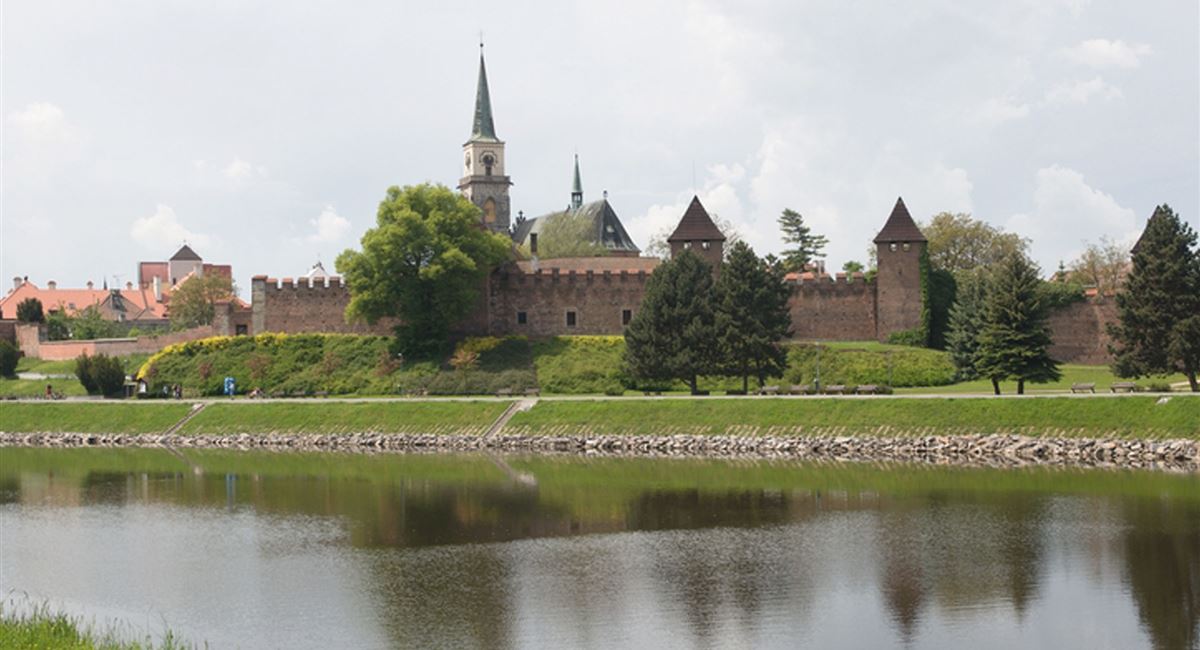
The historical centre of Nymburk is encircled by walls, which are uncommonly built of bricks for there was not enough suitable stone for their erection in the Middle Ages.
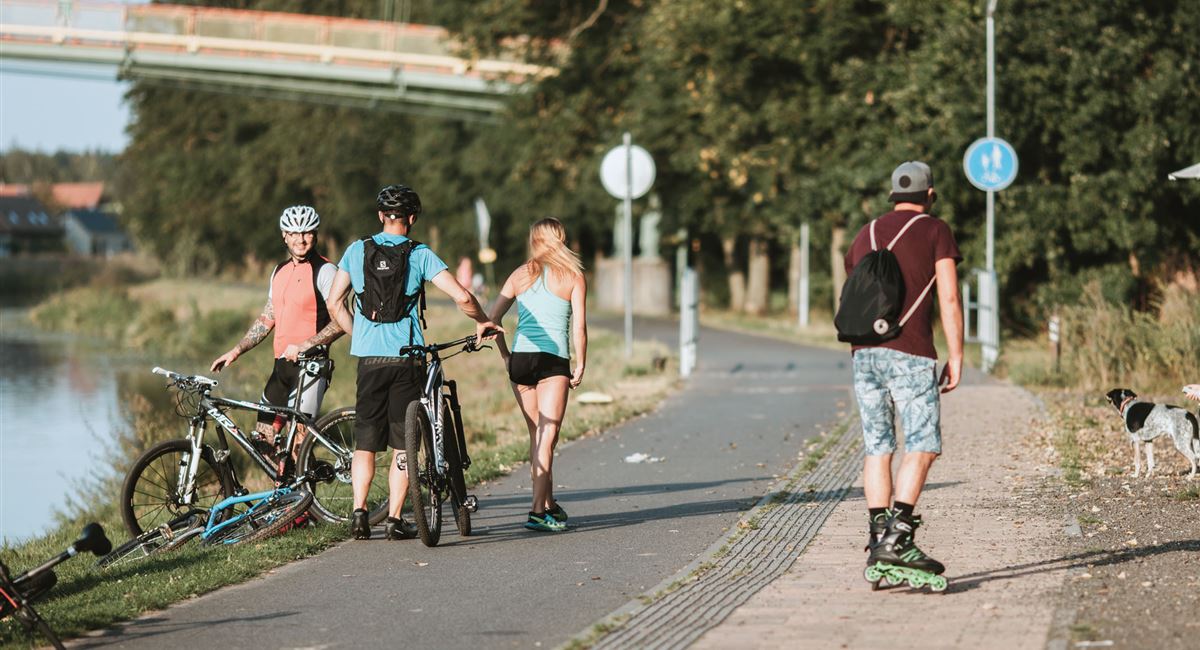
If you do not like going back along the same route, cross the river in Nymburk and continue along the stream through the natural region of Kersko, which became famous thanks to writer Bohumil Hrabal’s prose. And if you still have time, visit the Ethnic Museum in Přerov, which shows how life in Polabí has changed from the 18th century up to the present times.
Other trips
Zveme vás na individuální prohlídku nové rezidence inspirované skandinávským životním stylem Na Mariánské cestě, která pro vás bude připravena k nastěhování ve druhém čtvrtletí 2025.
Pro více informací nás kontaktujte →
A generous park with a water surface area
The heart of the residence is a park with several water surface areas. The public space is considered to the last detail. Your home surely does not end at your door-step.


 Back
Back
A well-considered use of natural materials
We work a lot with wood in the facades of the houses and in the park portions of the premises. Wood corresponds best with our architects’ intention: to achieve harmony with the nature


 Back
Back
The environment is as important as the flat itself
The environment we create by our projects is very important for us. Therefore, during the preparation of the projects, we take great care in the architectural design of the houses as well as in the overall concept of places agreeable for everyday life.


 Back
Back
For joint experiences
Besides shared grill points, the premises of the residence offer a number of other places adapted to gatherings with your family, friends and your Brandýs neighbours.


 Back
Back
A play of light
The airy interiors will not deny inspiration by Scandinavian minimalism. Thanks to the huge window portals, the interiors are casually connected with the neighbourhood.


 Back
Back
Elegance, cleanliness and practicality
The appearance of the interior of Na Mariánské cestě Residence is given by the effort to use the space the best way possible and by plain, stylish solutions.


 Back
Back
Scandinavia is associated with saunas
Na Mariánské cestě premises will include a Finnish sauna, which will be accessible exclusively for the residents.


 Back
Back
High standard open to changes according to your wishes
We take care to select high-quality materials and final elements in all our projects. However, we will gladly comply with your requests for adaptations. The earlier you purchase the flat before the completion of the building, the more changes can be made.


 Back
Back
Maximum variability
We try to anticipate because you can never know how your life space requirements will change in the future. Therefore, some flats have a variable interior layout.


 Back
Back
Be stylish
In order to furnish the interiors, our designers have compiled interior packages using iconic design pieces of the Scandinavian provenience. You will find even the CH24 Wishbone Chari chairs designed for the legendary brand of Carl Hansen & Son.


 Back
Back
Custom-made interior furnishings? Our flat designers are at your disposal
If you want to tune your new flat to the very last detail, you can make use of professional counselling.


 Back
Back
Wood and the white colour: cosy elegance
Clean lines and the ageless combination of wood and the white colour create a modern, cosy space.


 Back
Back
Let your interior be tuned by professionals
Our flat designers will gladly help you with the design of the whole interior or with the selection of suitable accessories only. Moreover, you can get original pieces for accommodating prices.


 Back
Back
Your home starts right at the entrance
We take care for you to feel well in each small corner of Na Mariánské cestě Residence. Therefore, we take care of each detail of the joint premises.


 Back
Back
Minimalism and practicality
In the joint premises, the large-format paving contrasts with the delicate ceramic wall tiling and the delicate light colours contrast with the warm wood tones.


 Back
Back
Each day will be exceptional
Scandinavians use the words “hygge” and “fruitslift” to refer to their lifestyle. According to them, the ability to reap the full benefits of each moment is an important component of a comfortable life. Regardless of whether you sit on a bench in front of your house or nip off tomatoes in a community garden.


 Back
Back
A wonderful background for young families, including a new kindergarten
A new kindergarten will be built together with the residence in its close vicinity. Parents of small children will also appreciate a safe area around the houses with a variety of hiding places, a children’s playground and a community garden.


 Back
Back
A safe space for children’s adventures
Young families will find a total comfort at Na Mariánské cestě, including a newly-built kindergarten just across the street. There is a big children’s playground right in the area and there are several other ones at a walking distance from the residence.


 Back
Back
A number of leisure possibilities
Whether you want to go for an afternoon walk, do sports or enjoy a whole-day trip during your day off, you can choose from a great variety of possibilities in Brandýs.


 Back
Back
An old town which will not lose its appeal
Brandýs nad Labem is an ideal place for living. With all the essential services, Prague at hand, and, in particular, a lot of little original shops, restaurants and cafés. You will enjoy strolling along the picturesque lanes of the historical centre in every season of the year and in every period of your life.


 Back
Back
Businesses you will fall in love with
Brandýs is full of entrepreneurs enthusiastically running their cafés, restaurants and original little shops. It is enjoyable to visit such places not only due to their assortment of products.


 Back
Back
You can live locally here
Brandýs lacks the flurry of the big city but you can easily arrange everything you need there. Moreover, thanks to the fertility of the local region, it is not a problem to buy fresh food from local farmers most of the year.


 Back
Back
A place betrothed to sports
Only a few Czech towns have such a rich offer of sports facilities and areas as Brandýs. You can get your money’s worth irrespective of whether you go in for running, cycling, or, for instance, water sports.


 Back
Back
A paradise for water sports lovers
The kayak slalom course below the Brandýs Castle is not only the oldest, but also one of the most popular kayak slalom courses in our republic. Moreover, it can be used by surfers at selected times.


 Back
Back
Brandýs attraction: the first artificial surfing wave
As the first town in the Czech Republic, Brandýs can boast of an unusual attraction: a static wave for longboard surfing lovers. At times when the wave is working, it is an interesting change even for the operators onshore.


 Back
Back
Entertainment for the whole family
Proboštská jezera do not offer sandy beaches only. There is a number of other attractions for all age groups.


 Back
Back
Romance for two
The natural scenery of Proboštská jezera is one of the favourite destinations for walks and picnics all year round. In summer, the lakes come to life with music festivals and other cultural events.


 Back
Back
In the footsteps of runner Emil Zátopek
Houšťka Forest Park near Stará Boleslav offers several kilometres of running routes, on which phenomenal Emil Zátopek refined his Olympic form.


 Back
Back
The right place for hot summer days
Proboštská jezera in Brandýs vicinity are a renowned bathing place with good conditions for windsurfing.


 Back
Back
Enjoy a magic view of the water surface
Irrespective of whether you prefer the flowing stream of the Elbe River or the calm waters of nearby Proboštská jezera, water will be close at hand for you in Brandýs.


 Back
Back
Countryside not far from your house
Polabí countryside offers a lot of interesting destinations for your trips. You do not need to travel very far.


 Back
Back
A captain in your own boat
Set along the stream of the Elbe River to encounter remarkable experiences.


 Back
Back


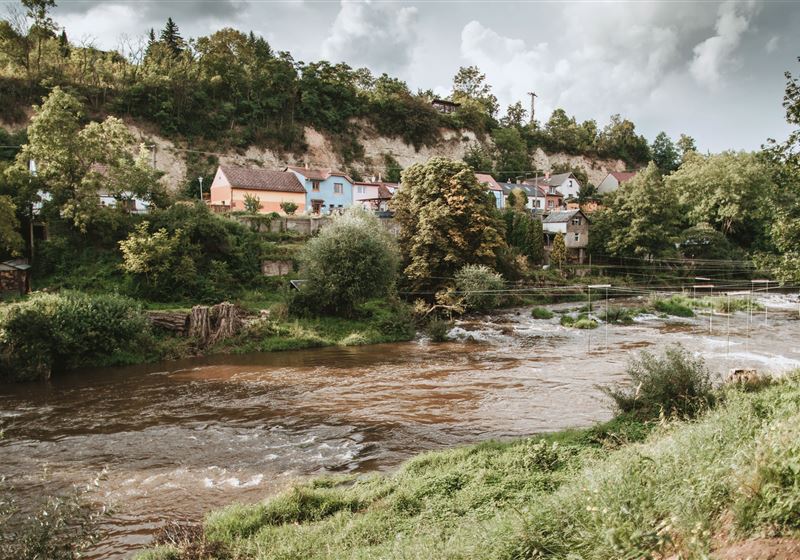

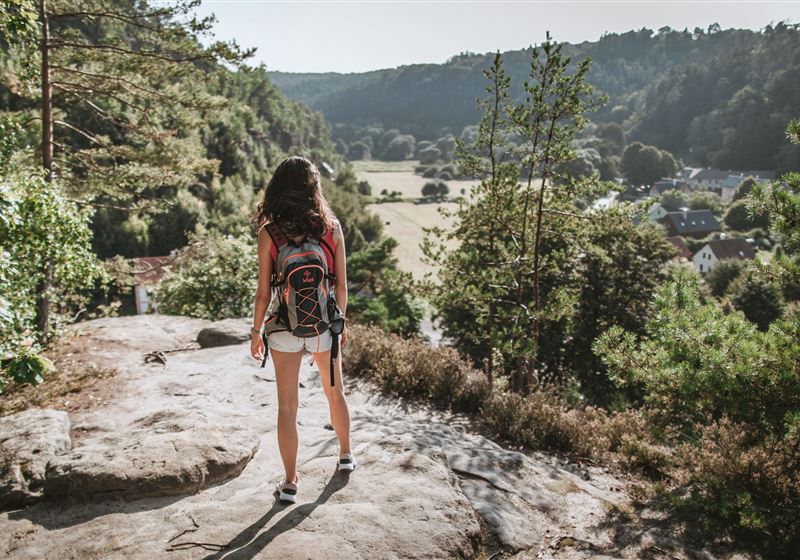
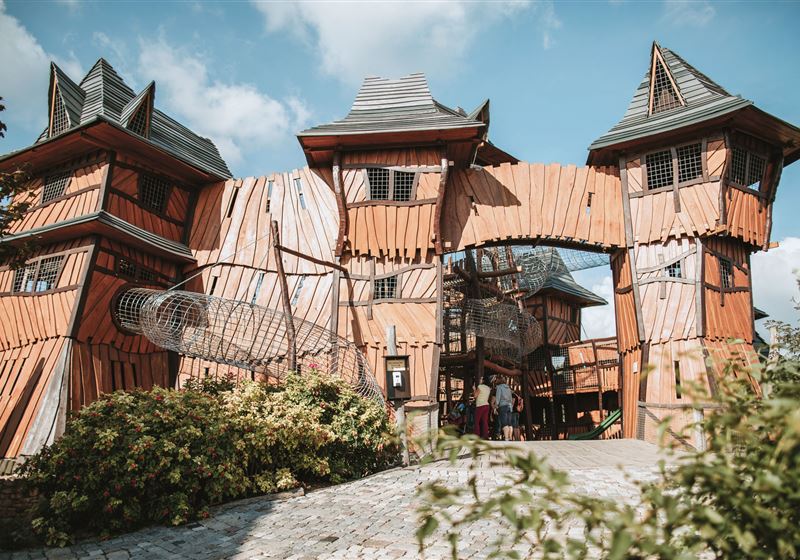


An oasis of greenery on the outskirts of the town
A lot of greenery and water surface areas in the heart of the premises create an agreeable place with its own microclimate in Na Mariánské cestě Residence. This is supported by the green roofs of all the houses.